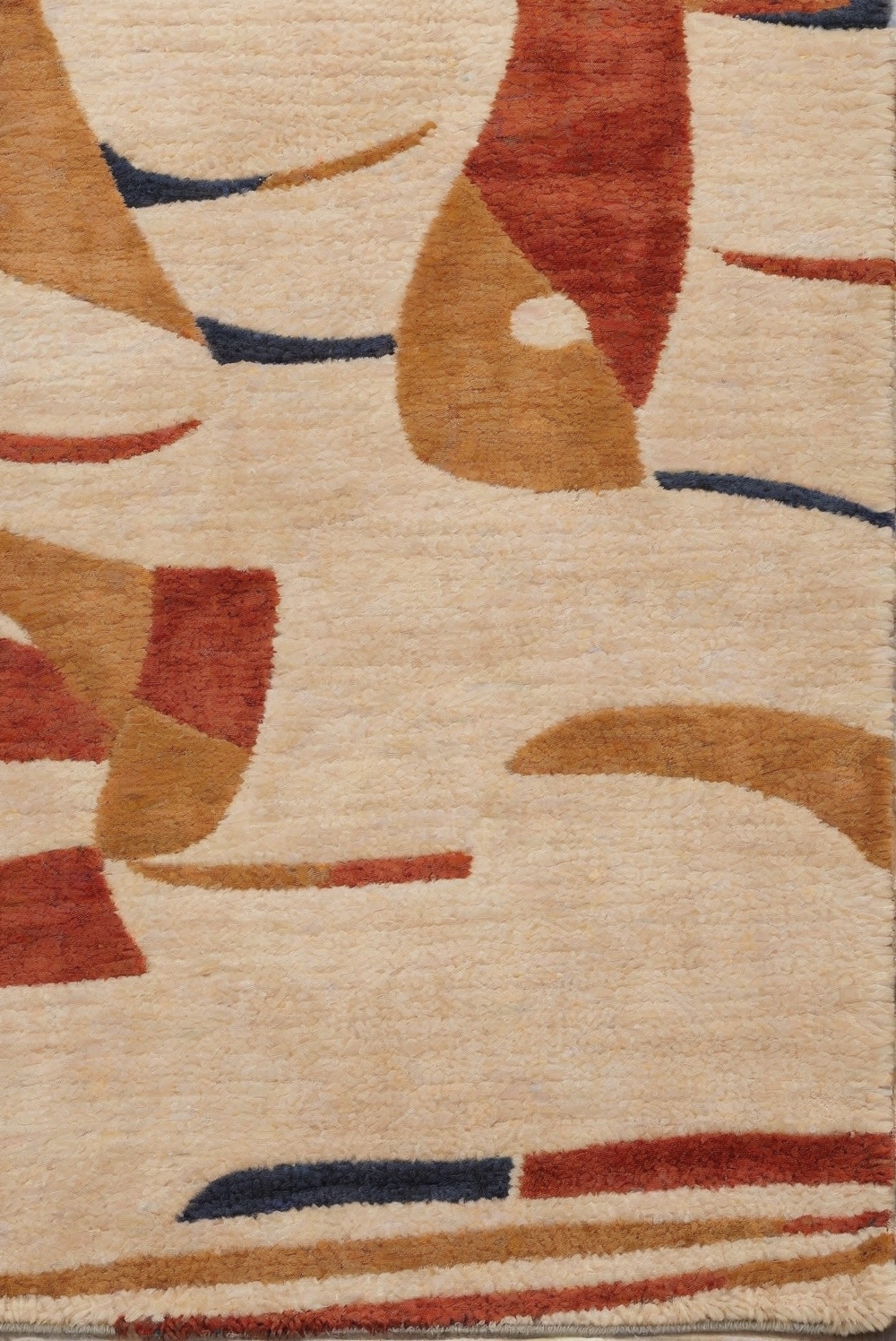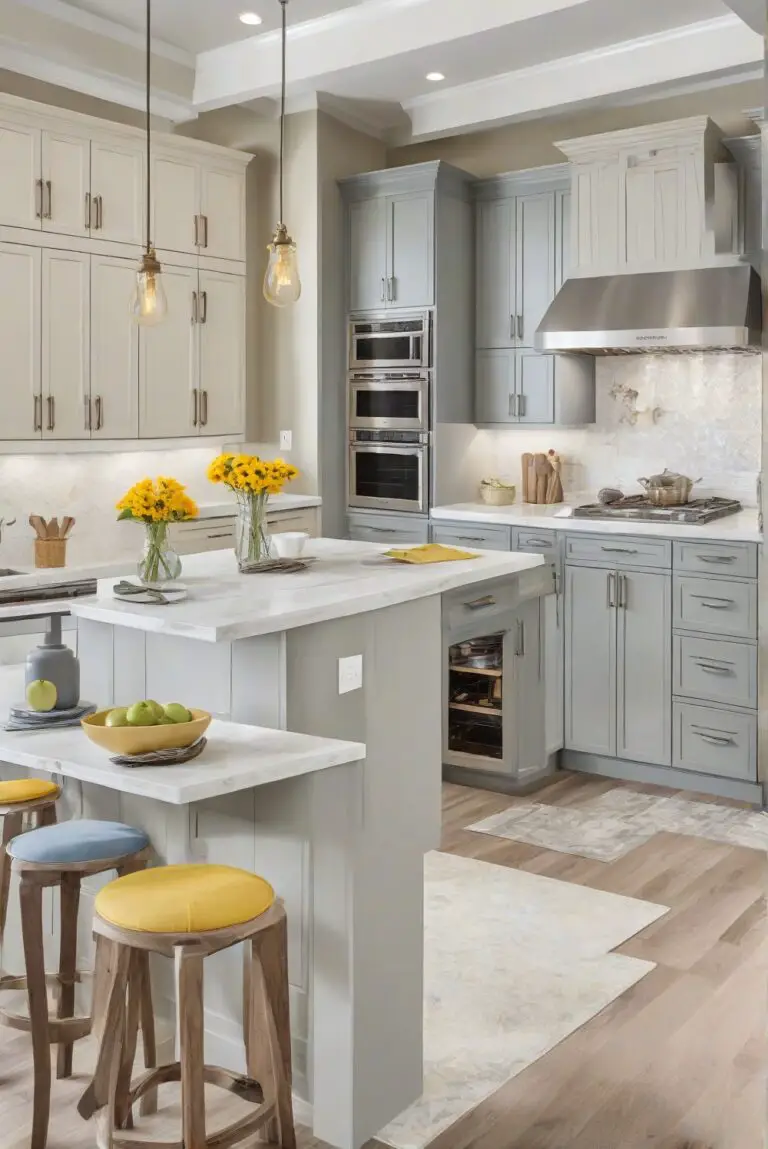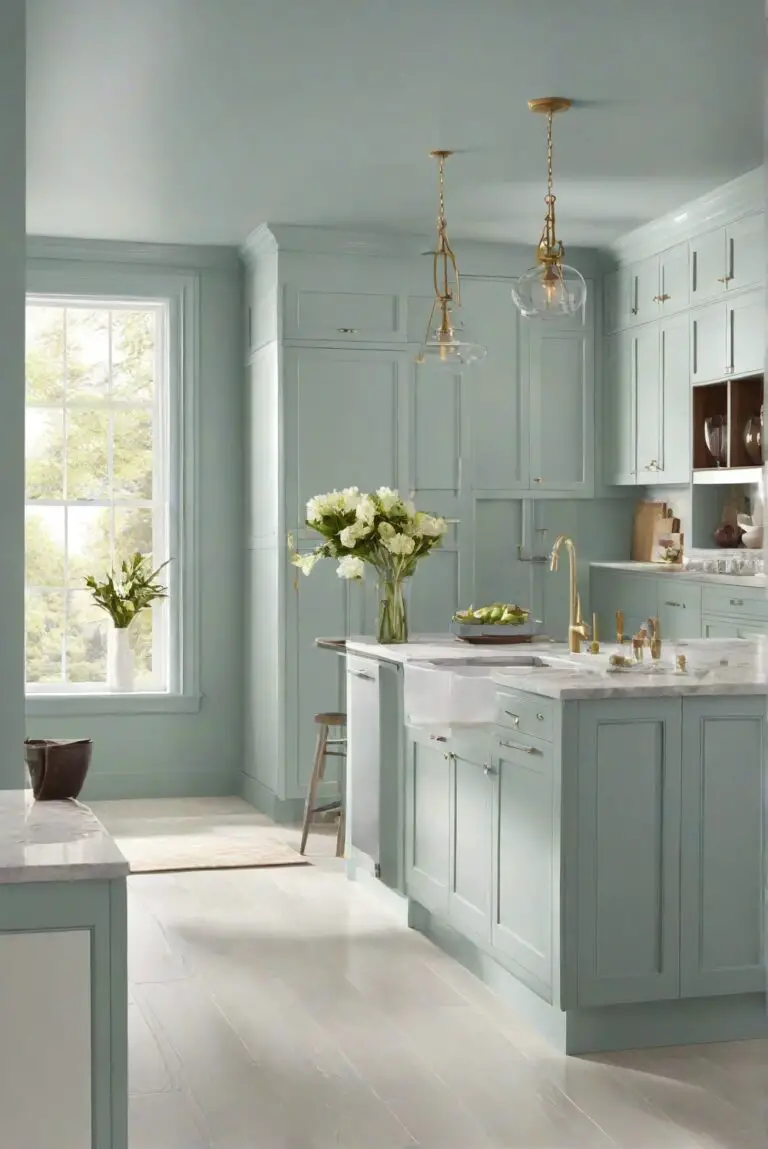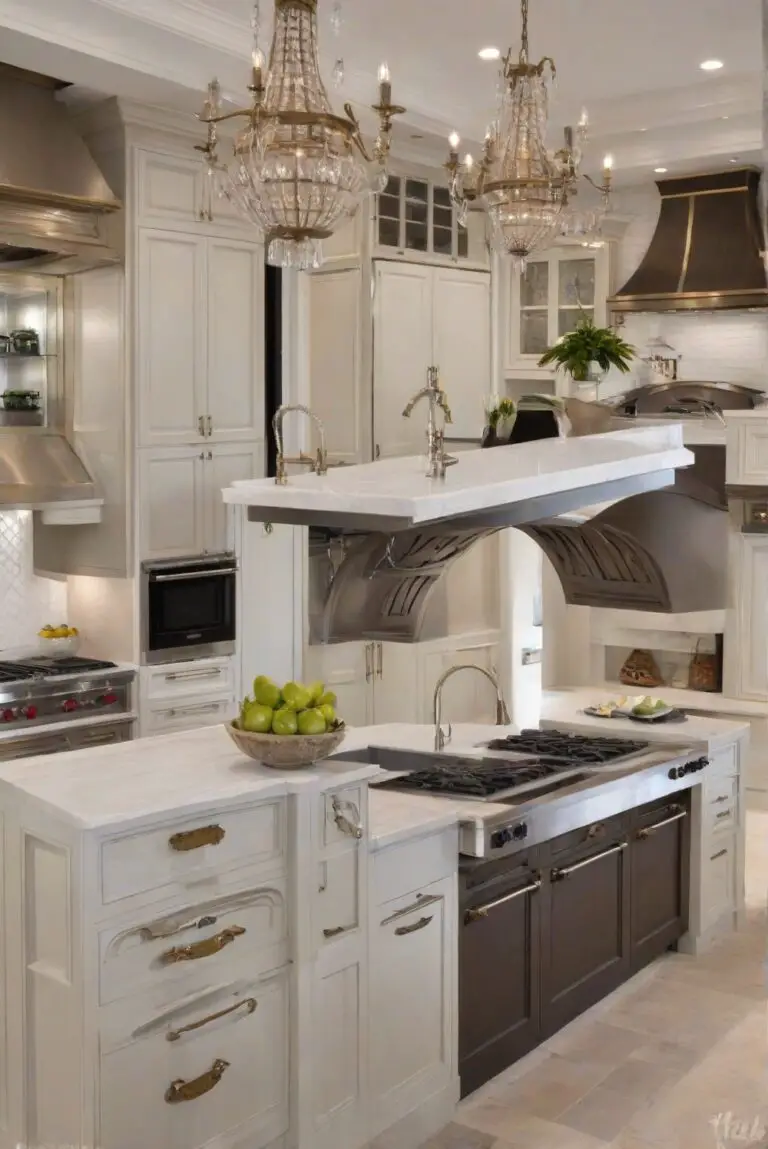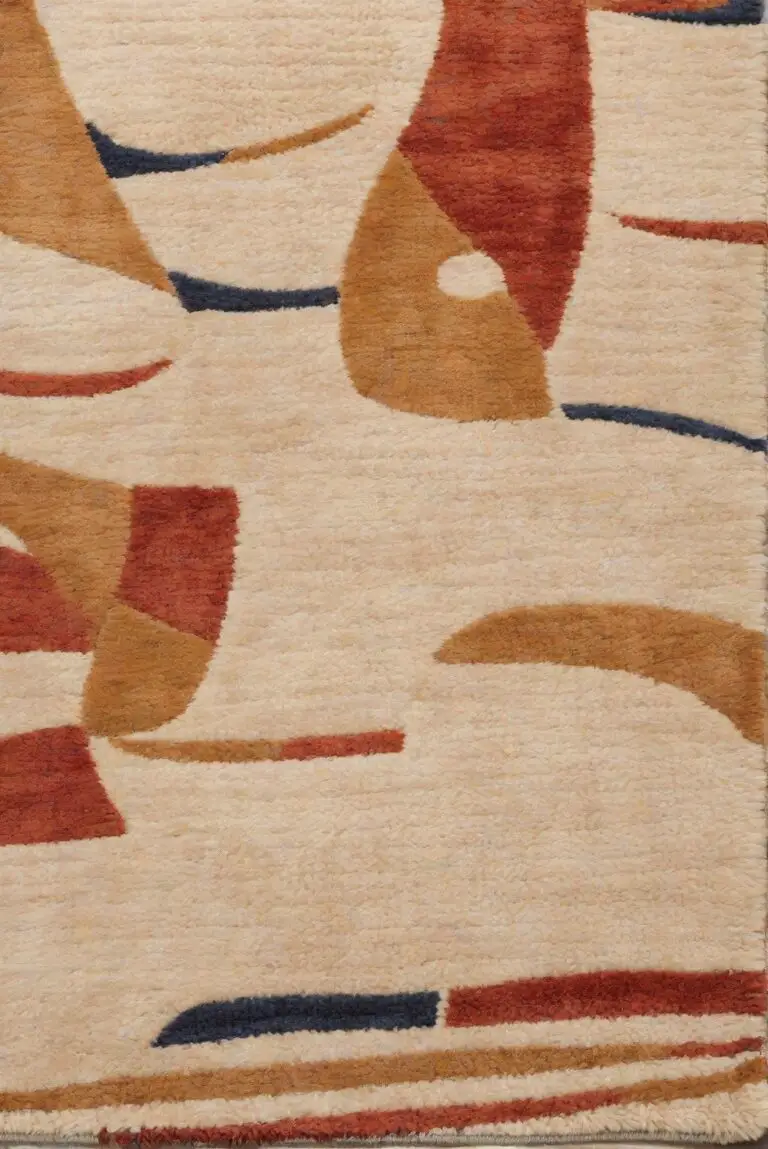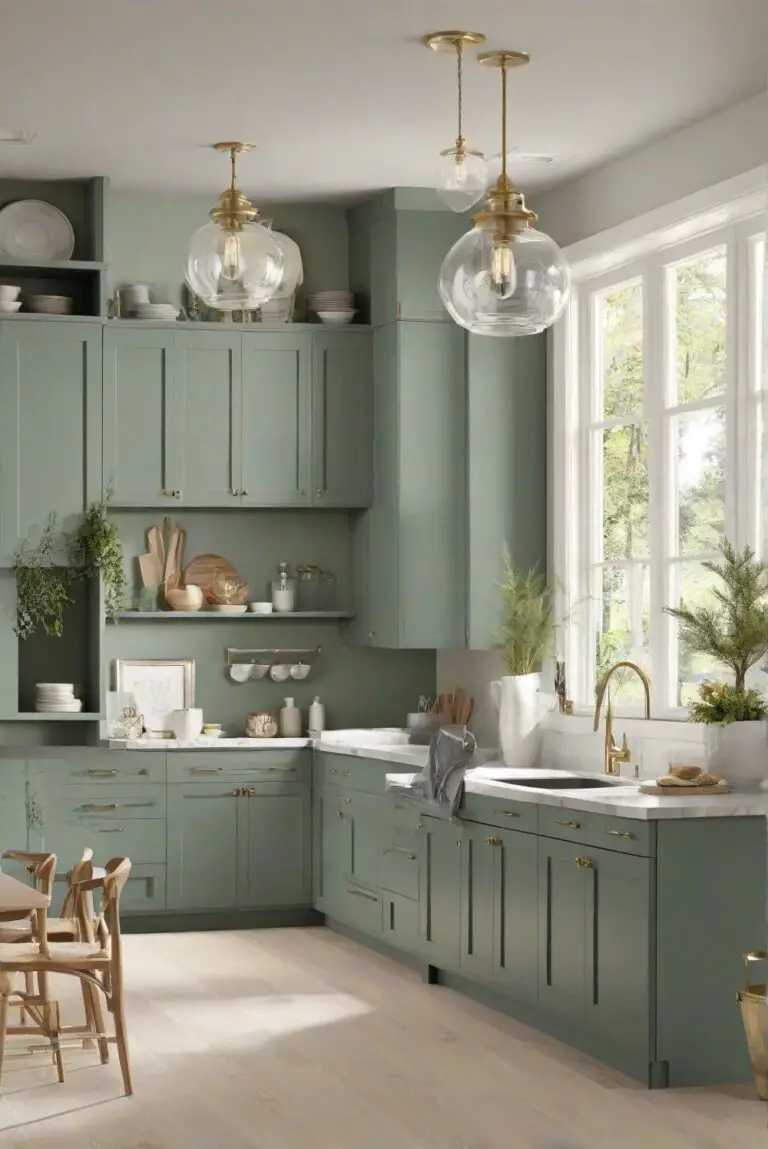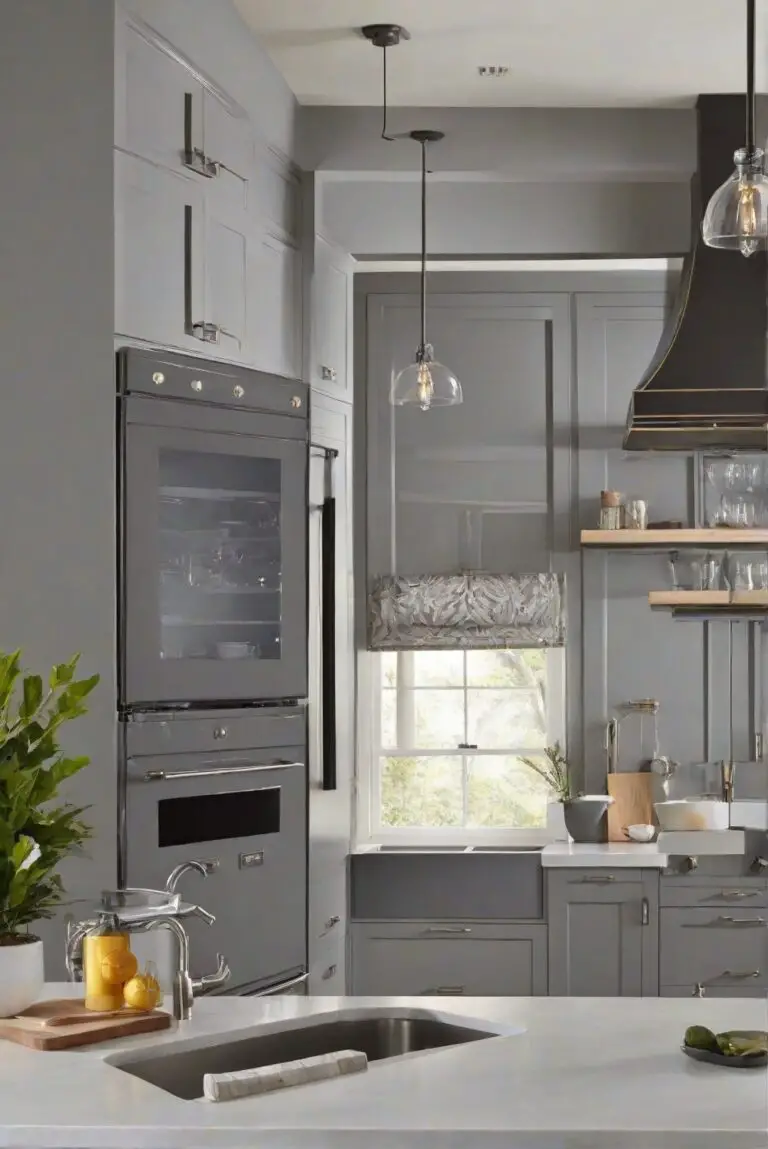Master the art of selecting the ideal kitchen rug with these five expert tips for enhancing your space’s design and functionality.
5 Tips for Picking the Perfect Kitchen Rug
1. Consider the Size: Measure your kitchen area to choose a rug that fits well and doesn’t overcrowd the space.
My Lovely Spring Paint for 2025
Ready for a Spring Makeover? Explore the Freshest 2025 Paint Trends!
White Sage/Green SW Pistachio green Soft blue Honeysweet/Orange Pink Sugar Sage Tint BMAs an Amazon Associate, I may earn a commission from qualifying purchases at no extra cost to you.
2. Opt for Durability: Since the kitchen is a high-traffic area, pick a rug made from durable materials like wool or synthetic fibers.
3. Style and Design: Select a rug that complements your kitchen decor and adds a pop of color or pattern to the room.
4. Easy to Clean: Look for rugs that are easy to clean or stain-resistant to ensure maintenance is hassle-free.
My fAV Spring DECOR for 2025
Discover Spring’s Best 2025 Decor Combinations – Perfect for Any Room!
Oversized Indoor Plants White Curved Sofas Rugs BOH Brown Cream Moroccan Hype Boho Rug Outdoor Patio Furniture Sets Topfinel Pillow CoversAs an Amazon Associate, I may earn a commission from qualifying purchases at no extra cost to you.
5. Non-Slip Backing: To prevent accidents, choose a rug with a non-slip backing or add a rug pad underneath for extra safety.
Considering these tips will help you find the perfect kitchen rug that enhances your home’s interior design while being practical for everyday use.
How to choose the right size kitchen rug for my space?
When selecting a kitchen rug, size is a crucial factor to consider. The key to choosing the right size rug for your kitchen is to ensure that it adequately covers the high-traffic areas while leaving enough space around the edges to prevent tripping hazards.
One tip is to measure the area where you intend to place the rug and leave at least 6-12 inches of floor space exposed on all sides. This will create a balanced look and prevent the rug from looking cramped or overwhelming in the space.
What materials are best for kitchen rugs that are easy to clean?
For kitchen rugs, it is essential to choose materials that are durable and easy to clean. Opt for materials such as polypropylene, nylon, or polyester as they are stain-resistant and can withstand heavy foot traffic. These materials are also easy to clean with regular vacuuming or spot cleaning.
Can I use a non-slip rug pad under my kitchen rug?
Using a non-slip rug pad under your kitchen rug is highly recommended. A rug pad not only prevents the rug from slipping and sliding on the floor but also adds an extra layer of cushioning for comfort. Additionally, a rug pad helps extend the life of your rug by providing support and reducing wear and tear.
What designs and patterns work well in a kitchen setting?
When choosing a design or pattern for your kitchen rug, consider the existing decor style and color scheme of your kitchen. Opt for patterns that complement the overall theme of the space. Geometric patterns, stripes, or simple motifs are versatile options that work well in a kitchen setting. Avoid intricate designs that may clash with the other elements in the room.
How to clean and maintain a kitchen rug to keep it looking new?
To keep your kitchen rug looking new and fresh, regular maintenance is key. Vacuum your rug at least once a week to remove dirt, debris, and pet hair. For spills and stains, blot the area immediately with a clean cloth and mild detergent. Avoid using harsh chemicals or bleach as they can damage the rug fibers.
Why is it important to consider the traffic flow in the kitchen when choosing a rug?
Considering the traffic flow in the kitchen is essential when selecting a rug as it will help determine the durability and longevity of the rug. High-traffic areas, such as in front of the sink or stove, require a more durable rug that can withstand constant foot traffic. Choose a rug with a low pile height or a flatweave design for these areas to prevent wear and tear.
How can I incorporate a kitchen rug into my existing decor style seamlessly?
To seamlessly incorporate a kitchen rug into your existing decor style, consider the color palette, texture, and design of your kitchen. Choose a rug that complements the colors and patterns already present in the space. For a cohesive look, match the rug to other elements in the room, such as curtains, cushions, or kitchen accessories. Additionally, layering rugs can add depth and visual interest to the space.
5 Tips for Picking the Perfect Kitchen Rug
1. Size Matters:
Ensure the rug adequately covers high-traffic areas while leaving space around the edges.
2. Easy-to-Clean Materials:
Choose materials like polypropylene, nylon, or polyester for durability and easy maintenance.
3. Use a Non-Slip Rug Pad:
Add a rug pad for stability, cushioning, and to extend the life of your rug.
4. Pick the Right Design:
Select patterns or motifs that complement your kitchen decor without overwhelming the space.
5. Regular Maintenance:
Vacuum weekly, spot clean spills promptly, and avoid harsh chemicals to keep your rug looking new.
Key Takeaways:
– **Choosing the right size rug** is essential to prevent tripping hazards and create a balanced look.
– **Durable and easy-to-clean materials** like polypropylene and nylon are ideal for kitchen rugs.
– **Using a non-slip rug pad** adds stability, cushioning, and extends the life of the rug.
– **Selecting the right design** that complements your decor is crucial for a cohesive look.
– **Regular maintenance** through vacuuming and spot cleaning helps keep your kitchen rug looking fresh and new.

